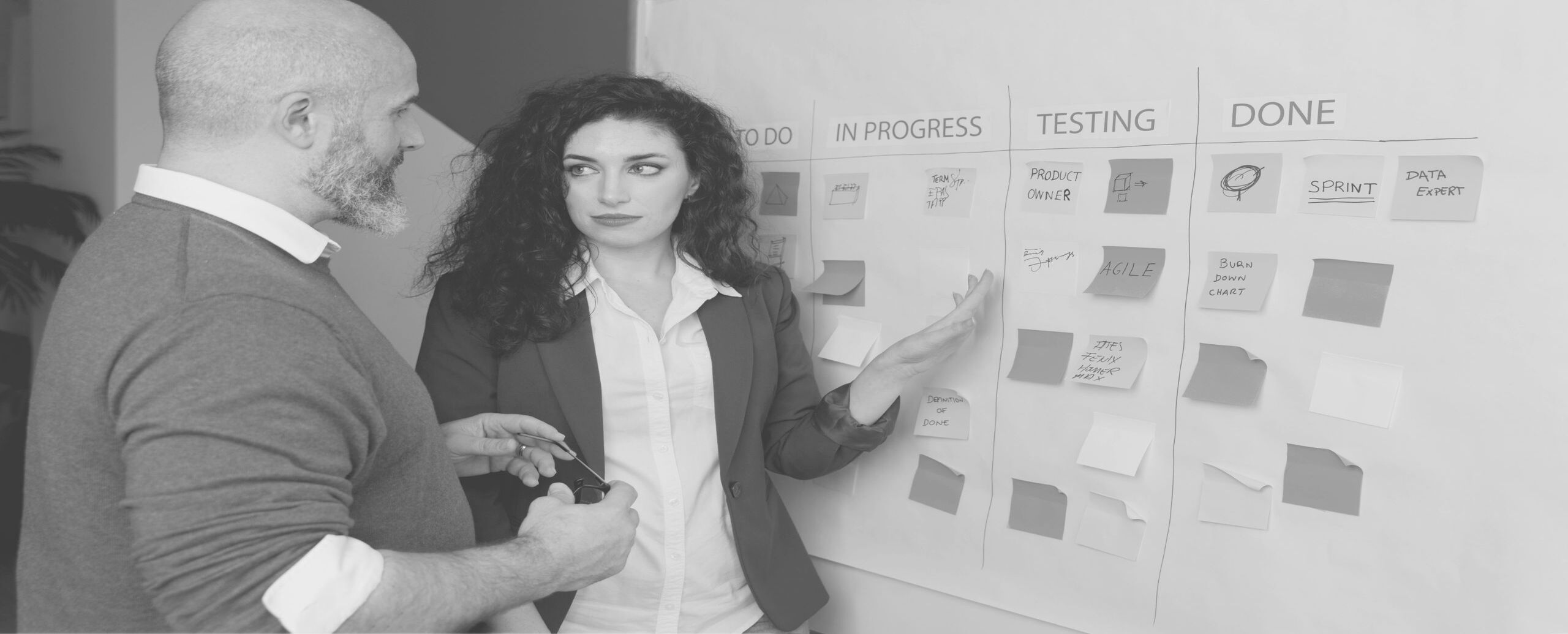The Evolution and Impact of Modern Project Management in IT
In the dynamic realm of IT, managing complex projects has traditionally been akin to herding cats—both requiring patience, strategy and perhaps a bit of magic. However, the advent of Agile methodologies has revolutionized the approach, turning chaotic cat herding into a more graceful, albeit still challenging, dance. This blog post explores the challenges of managing complex IT projects, the transformative impact of Agile practices, and the pros and cons of modern versus traditional project management principles.
“test test
The Peculiar Challenges of IT Project Management
IT projects are notorious for their complexity and high failure rates. They often resemble experimentation labs where theories are tested, and failures are not just possibilities but expected outcomes on the path to innovation. The main challenges include:
Scope Creep: The bane of many projects, where initial requirements balloon over time, often due to changing stakeholder demands or market conditions.
Technological Advancements: Keeping up with rapidly evolving technologies can be daunting, making it difficult to maintain project relevance and effectiveness.
Integration Woes: Seamlessly integrating new solutions with existing infrastructure can be as tricky as solving a Rubik’s cube blindfolded.
Resource Allocation: Allocating human and technological resources effectively, without over or underutilization, often feels like a high-stakes poker game.

How Agile Transformed IT Project Management
Agile methodologies entered the scene like a breath of fresh air for project managers drowning in the rigidity of waterfall models. Agile’s iterative approach, with its emphasis on flexibility, adaptability, and team collaboration, was a game-changer. It allowed teams to:
Iterate Quickly: Emphasizing short cycles of development, enabling teams to adapt to changes more fluidly.
Enhance Collaboration: With daily stand-ups, sprint reviews, and retrospectives, everyone stays in the loop, and problems are addressed promptly—imagine a world where everyone actually knows what everyone else is doing!
Improve Customer Satisfaction: By involving the client in the development process, ensuring the end product is more aligned with what they want (rather than what you thought they wanted).
The Pros and Cons of Modern vs. Traditional Project Management
Traditional Project Management:
Pros:
Predictability: Like a well-rehearsed symphony, everything has a time and a place.
Structure: Each phase of the project is clearly defined, from initiation to closure, providing a clear roadmap.
Cons:
Inflexibility: Changes are about as welcome as a bull in a china shop.
Late Feedback Integration: Feedback is often incorporated too late, sometimes leading to significant reworks.








Leave a comment